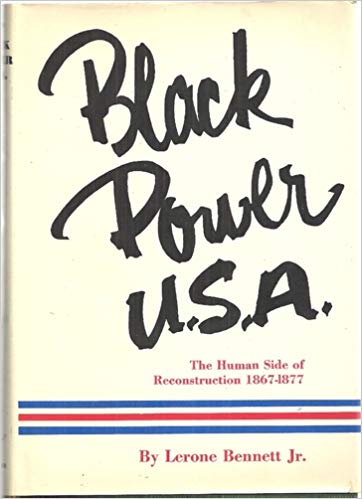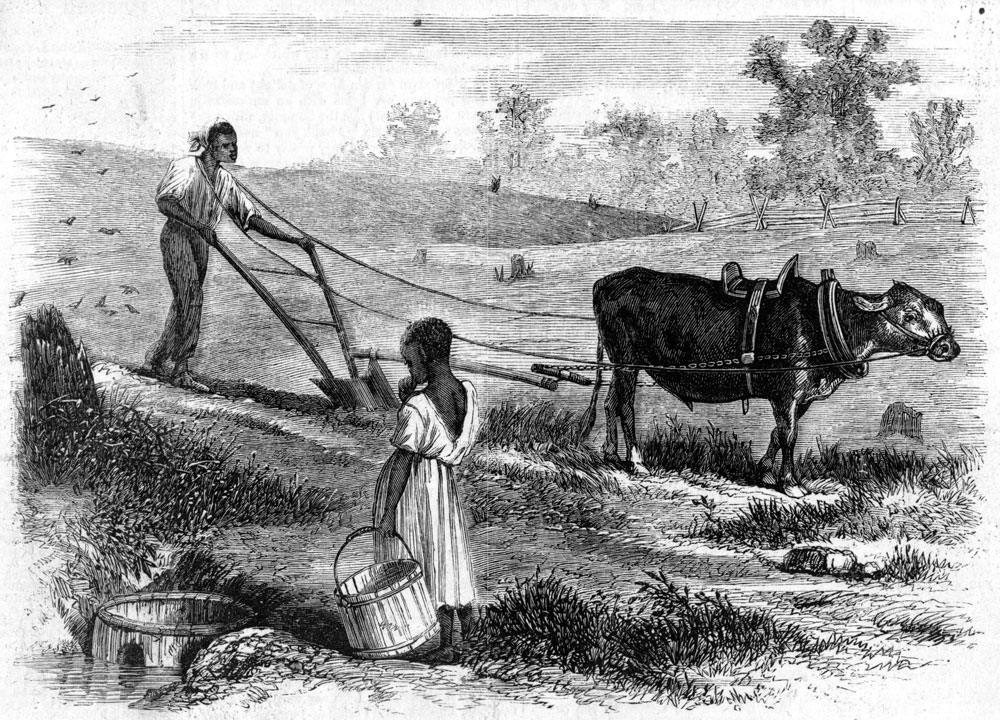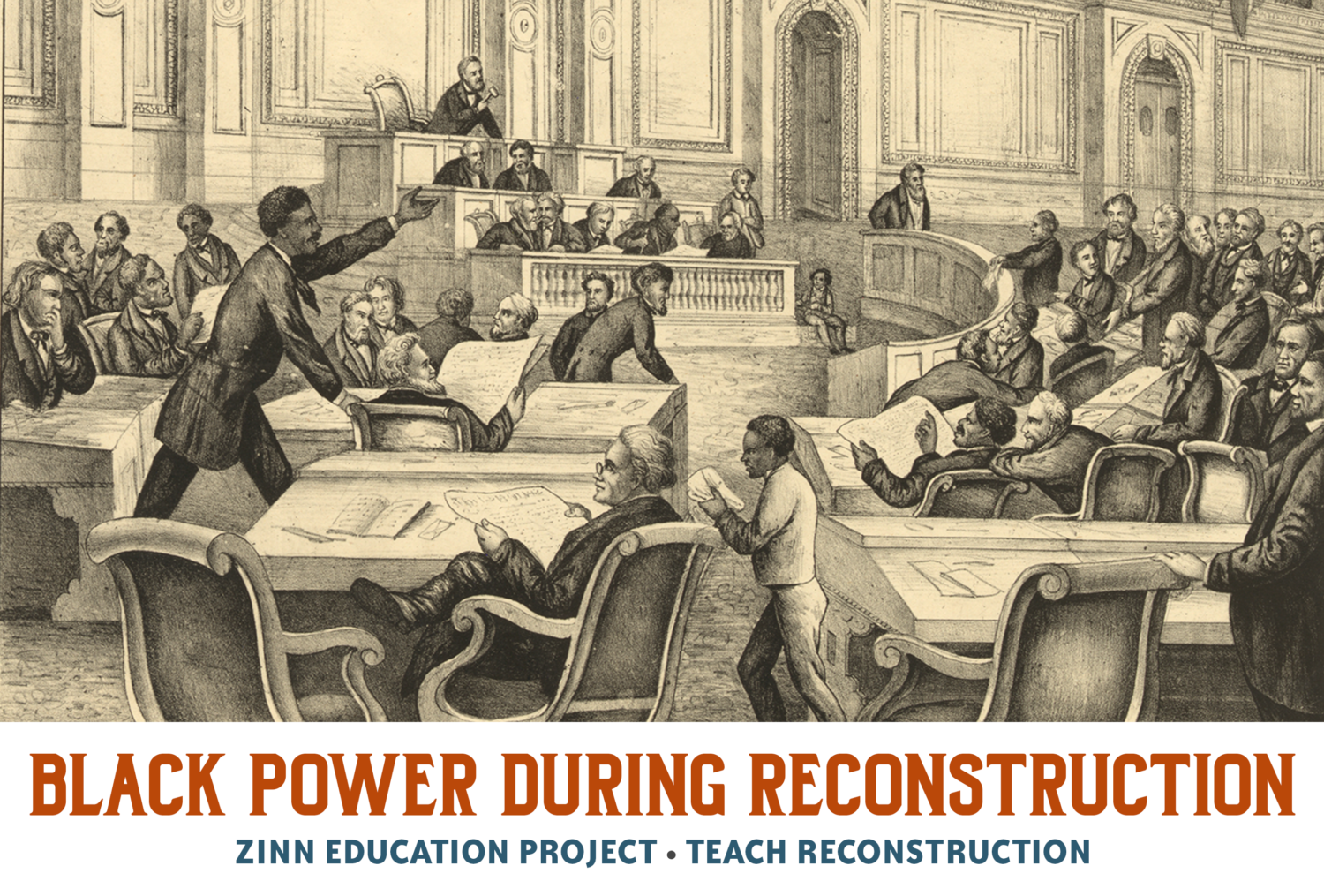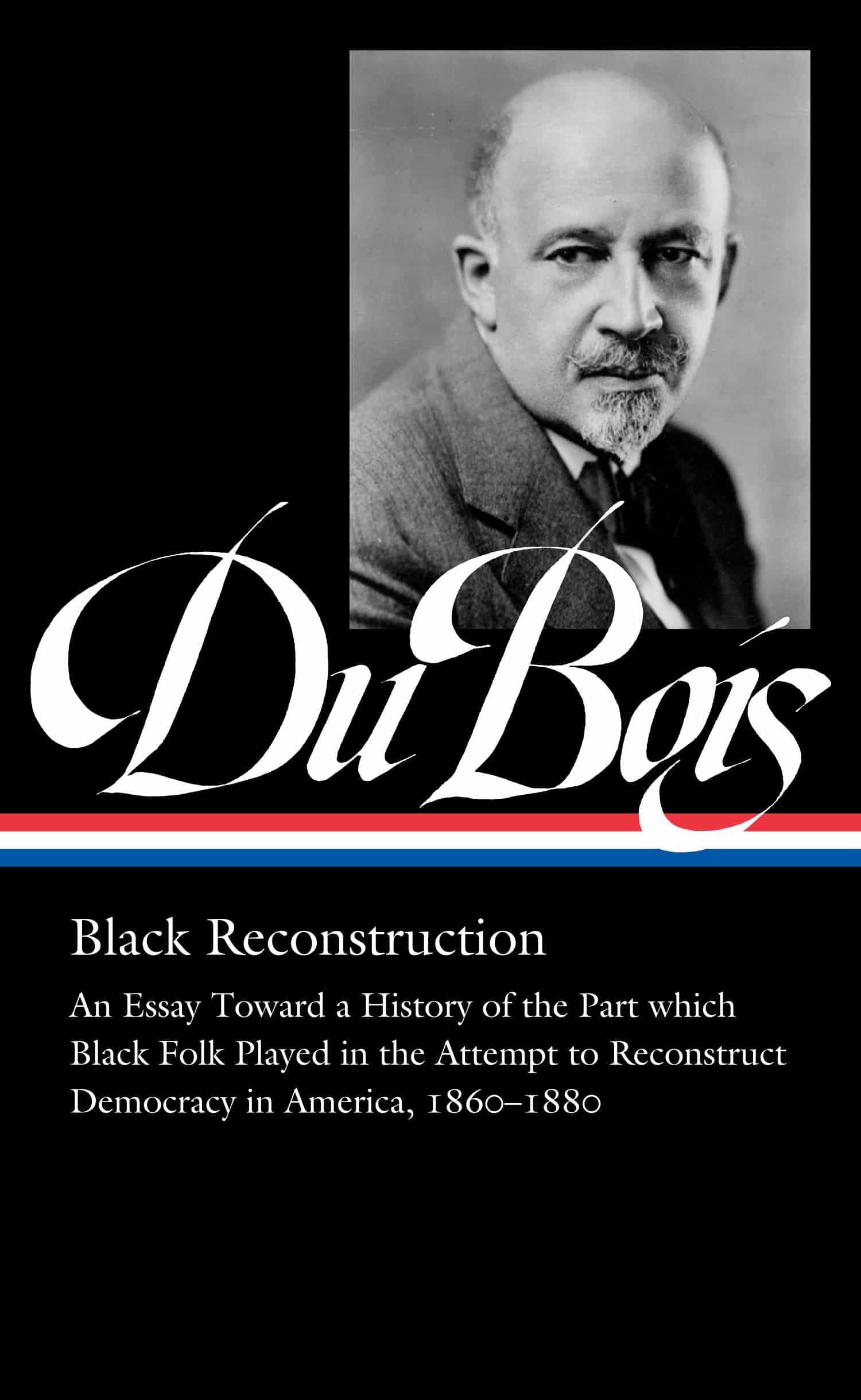 Black Power U.S.A.: The Human Side of Reconstruction, 1867-1877 by Lerone Bennett Jr. is one of the best books on Reconstruction. It is readable for high school students. While out of print, it can be read for free online via the Internet Archive.
Black Power U.S.A.: The Human Side of Reconstruction, 1867-1877 by Lerone Bennett Jr. is one of the best books on Reconstruction. It is readable for high school students. While out of print, it can be read for free online via the Internet Archive.
In the 1967 preface to the book, Bennett wrote,
Reconstruction in all its various forms was a supreme lesson for America, the right reading of which might still mark a turning point in our history. As a matter of fact, an understanding of the triumphs and failures of this first Reconstruction is indispensable for an understanding of the triumphs and failures of the second Reconstruction we are now undergoing.
In the conclusion (pages 384 – 385), Bennett writes about the achievements in the face of unimaginable obstacles:
All this was achieved by men who were condemned by history to make bricks without straws. This was particularly true of the Black men of power. Pulled from the faceless masses and flung into the breach between advancing industrialism and a declining planter aristocracy, they were condemned to labor with inadequate tools on ground that had not been adequately prepared.
They never received proper backing from the Northern supporters, and they were betrayed repeatedly by their allies. History — the historic fears of poor whites and the historic greed of rich whites — stood between them and success. History, in fine, provided the opportunity, but cleverly withheld the raw materials. It may be true, as some contend, that they were condemned, no matter what they did. Still, what they did was important.
Within the limits of the time and the Revolution, and with the resources at their disposal, they served man well. Because of them and through them, America grew, adopting the Fourteenth and Fifteenth Amendments, which would never have been adopted had they not been adopted then. More than that — these men established, beyond question, the right of Black men to participate in power, and they created political instruments that would revolutionize America and the South if made concrete today.
Below is the table of contents with short notes about the chapters:
- Prelude to Power – Bennett places the reader in the majority-Black South Carolina legislature’s first meeting in 1868 where the air is electric with hope.
- “The Glory Year” – Great overview of the Reconstruction conventions held across the South in 1868.
- South Carolina: Post Bellum Paradise for Negroes – Wonderful, detailed profiles of South Carolina’s Black political leaders and their (often successful) attempts to transform the state into an interracial democracy.
- Democracy Comes to Mississippi – Overview of the political particularities of Mississippi which led to a delayed, but nevertheless impressive, interracial government.
- Black Governors, White Sugar and Blood – Complex analysis of Reconstruction in Louisiana, honest about both its successes and failures.
- The Minor States: The Revolt that Failed – An account of Reconstruction governments in Florida, Alabama, Arkansas, Texas, Georgia, North Carolina, and Virginia which, while less radical in promoting Black power, nevertheless made significant strides.
- Society “Turned Bottom Side Up” – How Reconstruction completely revolutionized Southern society and transformed the status of Black people within it.
- The First White Backlash – How campaigns of white terrorism and political corruption destroyed the new world Reconstruction had birthed.
- America at the Crossroads – How “the dream died”— the final withdrawal of federal troops, the overthrow of the last Reconstruction governments, and the installation of Democratic, white supremacist regimes across the south.
ISBN: 9780874850239 | Johnson Publishing Company
Learn more in the Zinn Education Project national report, “Erasing the Black Freedom Struggle: How State Standards Fail to Teach the Truth About Reconstruction,” and find teaching resources on Reconstruction below.












Twitter
Google plus
LinkedIn